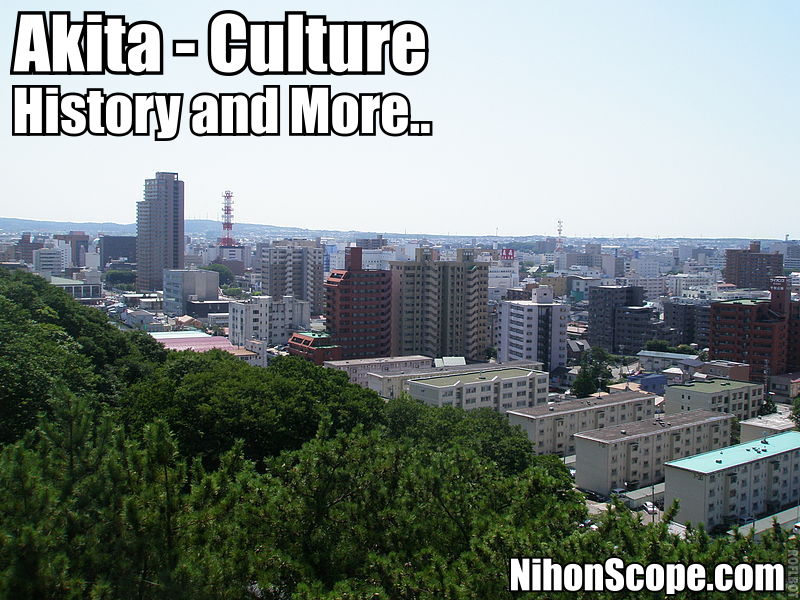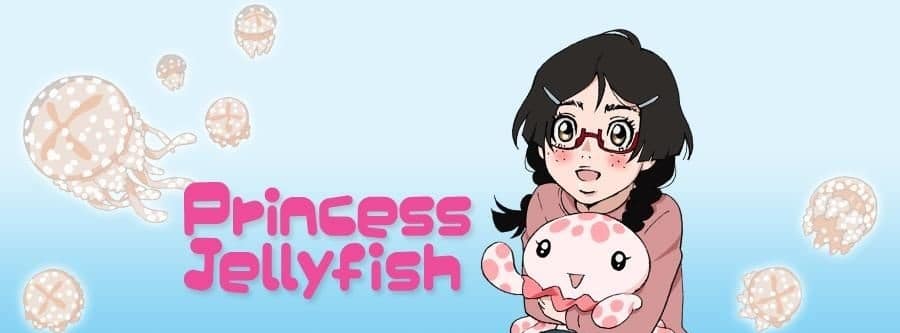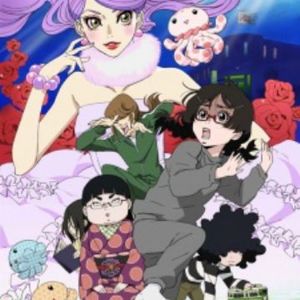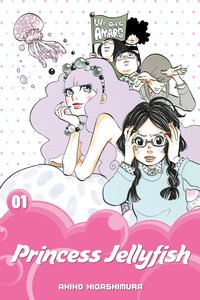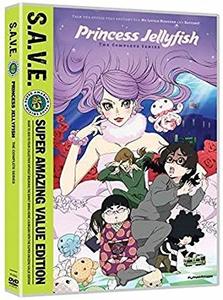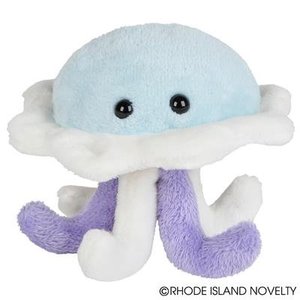I wrote this for applying for FFLC in Fukuoka, Japan, you can read the review on the link. I’d also be sure to check out my review of this school before deciding to join up with them. Very very recommended.
So I wrote this while filling out the forms, and later I found out they only wanted a paragraph of why I wanted to study Japanese in Japan. Of course my wife told me while filling hers out. But I guess it sort of reinforced the reasons and maybe brought out a few more that I wasn’t totally conscious of. Either way, it took me 5 hours to do this, and I still told the agency I went through to fix their system, because a little black box was suppose to show up to tell me all this. But whatever I guess right? Here it is. My reasons for wanting to learn Japanese!
-Nathan Scheer
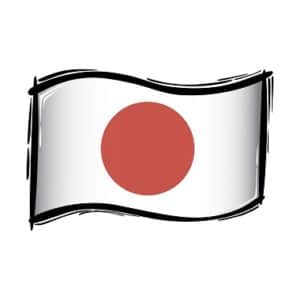 Why Do I Want to Study Japanese in Japan?
Why Do I Want to Study Japanese in Japan?
The reason I’m learning Japanese is to follow a feeling I got when I started researching and looking into the Japanese culture when I was 15 years old, and from that, it’s grew to something that I could have never predicted. I started to learn the language after learning a bit more about Japan’s history back when I was in 9th grade. Then my friend at the time introduced me to his neighbor who was an older Japanese woman. She came over to the USA after WWII, her name was Mika and she would sit there with us for hours and tell us about Japan and what it was like, teach us words and sayings and some of the etiquette in Japan.
She gave me my first Japanese book, which was an old beat up red grammar book that her husband had used in WWII while he was there. Then another friend of mine at the time had an Aunt that grew up in Japan so I got more exposure to the Japanese language and the history and from there I kept bumping into friends and family who were either from Japan or worked in Japan. Then my friend with the Aunt from Japan told me that his big brother was moving to Japan to teach English, so I got to speak a lot with him, furthering my interest.
I then ended up going to a technical school after 11th grade and ended up getting my GED because I wanted to get out of High School and start college. I ended up going to Red Rocks Community College here in Colorado (when I was 19) and I ended up taking a conversation Japanese course while I was there. I ended up in a very bad car accident near the end of the semester and could not finish my classes to pass. Afterwards, I got caught up working in construction for many years after to pay for bills so I didn’t go back to school.
I ended up moving out when I was 21 and my room mates at that time were also interested in Japan, so I started getting back into it. But, since I never had real guidance I never got very far with the language part. I managed to make it through half of the first level of Rosetta Stone, but I never could really get into it and fully understand what I was saying. When I look back on it understanding more Japanese particles, I certainly could see myself being able to go further, but I never have been a fan of Rosetta Stone. Which I note on my Japanese blog at: http://nihonscope.com/learning-japanese/.
I did eventually run into a freeware software by Denton Hewgill called Kanji Gold. I quickly learned the first level of Kanji (It does not teach Kun or Onyami though so I only learned to recognize the characters). Since about I was 16 I’ve had this program on my desktop of my computer to dabble with from time to time. I feel I’ll be able to move more through this program when I have a bit more support to also understand how to say the words and to work with them more. To date I know level 1 fluently, level 2 semi well and level 3 not so well.. from there, I have not moved past it any further.
Level 1: 80 Kanji characters (know them all)
Level 2: 160 Kanji characters (150)
Level 3: 200 Kanji characters (40-50)
6 years ago I met my now wife, and she help me revitalize that feeling I had about Japan many years ago when I was a teenager, she help me believe that it was still possible to go to school and learn Japanese and because of that this goal of mine to study and live in Japan is starting to merge with many aspects of my business, my philanthropy projects, and my personal growth goals.
So now I feel perhaps it’s ‘guuzen’ that the feelings I felt as kid and what I’m doing now are starting to making itself known, and is the reason it’s come full circle to why I’m now applying for school in Japan. About 2 years into my relationship with my now wife we started to get really involved in Japan and Japanese. We started to look up other ways to learn Japanese and that’s where we found several different sites:
http://japaneseclass.jp (where I first learn hiragana and katakana)
http://nihongomaster.com (mostly goes over info to help pass the JLTP – great site)
http://yesjapan.com (learned about this from his book series “Japanese from Zero”)
http://japanesepod101.com (studied a bit from them, don’t care too much for it though).
We then bought close to $1,000 in text books and other material to find what would work best for us. From there, we’ve gone through more of the websites then the books.
But these are my favorite text books and books:
Hajimete no Nihongo, Japanese the Manga Way, Japanese from Zero, Genki and The Japanese Particle Workbook.
———-
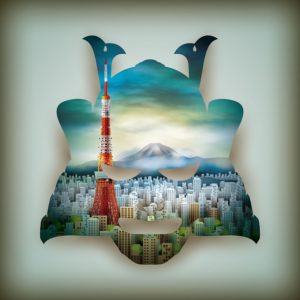 For my personal/selfish reason for learning Japanese:
For my personal/selfish reason for learning Japanese:
I want to have friends and associates from Japan. I want to be that weird family in the USA who speaks to each other in Japanese. I want to see the world through different lenses and from different perspectives. I want to be that person who says they want to go to Japan and ACTUALLY do it! I know that by experiencing new ways of living, understanding life in Japan can benefit not only myself, I can benefit my family, my society and the world at large. I think my main goal here is to become more compassionate and understanding of others and how people live, and be able to meld and respect other traditions and ways of being.
I’m also interested in attending many of the festivals celebrated in Japan, Japanese art, religious studies, the history of yokai all the way to minyo folk music and dance, and honestly I keep finding more and more reasons I want to learn Japanese and visit Japan every time I get time to research more about the culture.
Perhaps it’s the hero’s journey in me, but I feel by taking on this course of action I’m opening myself to something much bigger then what I currently have or would have if I simply let this dream die.
My business goals:
I run a successful digital marketing business (SEO / Search Engine Optimization) online. I’ve helped local companies get listed on Google, Bing and Yahoo for 3 years. I’ve marketed my own offers successfully online for over 8 years I own http://honorableSEO.com. While I was already interested in Japanese a long while ago, I’m becoming more and more interested in Japanese SEO (digital marketing). Being the 3rd most users of the internet in the world I see a HUGE opportunity to help local Japanese businesses take advantage of the internet to get their products out to the world or the local market, and I tend to want to help businesses that can make people’s lives better. I’m also in a mentor group for SEO online marketing (as you can’t learn it in any school/college in the world – at least correctly), I’ve run into a few people who are actually from Fukuoka, Japan in the mentor group, and it would be wonderful to do joint ventures with them in the future when I’m able to look over a Japanese website and know what to do to help it gain more exposure on Google, Bing and Yahoo.
I’m also connected to hemp growers here in Colorado, and they would like for me to possibly be able to communicate with prefectures/legally operated hemp farms in Japan to see if we can possibly learn a few things from each other. This is a side goal, and is not at all a major reason I’m learning Japanese, but in a way it does lead into my philanthropy goals a bit as you’ll read later about farming methods I wish to explore a bit deeper.
My Philanthropy goals:
When I started my business Health & Economics of America LLC 8 so years ago I created it to more so be in service of humanity then just a paycheck. I wanted to learn how to create self-sustaining communities, I wanted to help people heal from illnesses, I wanted to learn to become an energy healer of sorts, but not in a fringe scientist type of way, I wanted to learn methods of healing the world that ACTUALLY do help and have scientific studies to back it up. I actually performed a personal meditative ritual to help me plan and attract life situations that could help me reach these goals, and I’ve gotten more opportunities than I could have imagined at this point, and a lot of these goals keep pushing me to learn and live in Japan.
Over the many years a lot of very interesting things have occurred. First thing that occurred soon after creating my life plan/goals was that I got super sick one year after dealing with a death on a job site I was working on. I was sick for over a year, then I ended up getting sick of being sick and soon afterward I attracted/found a situation where I was able to be mentored by people like:
Kevin Trudeau – Marketer, Author and Researcher
Dr. Leonard Coldwell – Highest cancer cure rate in the world 92.3% out of 35,000 patients
The Morters – http://morter.com created a treatment called B.E.S.T (Bio Energetic Synchronization Technique, which evolved from the practice of Chiropractic care). I was mentored by many other doctors, entrepreneurs and scientists which eventually lead me to the cure for myself, which I’ll explain a little bit later.
Because of that mentor group I ended up meeting a man named Robert Miller. This man in a nut shell summed up the self-sustaining communities plan/goal I saw in my meditative/planning ritual so much to letter that the hair stood straight up on my head (in a good way!) as I walked into his office and saw everything he was doing. For over 7 years I’ve been a friend of his and have helped him with his initiative as much as I possibly have been able to (online and offline). He has met with the President of Mexico and Vice President of Vietnam to try to help push this initiative even further. Vietnam ended up having to cancel the community plans because of inflation in their country (or that’s what I remember him saying), but the President of Mexico has been slowly working with him to create this community, they have had land donated to them and this is a REAL opportunity for it to happen.
http://orphancommunities.org is his website it’s called “Our Family Orphan Communities”.
Here is his book he wrote: “Poverty My Teacher: Sustainable Communities”
https://www.amazon.com/Poverty-My-Teacher-Sustainable-Communities/
Here is his other website: http://www.sustainablefamilycommunities.org my wife and I have done a bit of work on this site for him over the years.
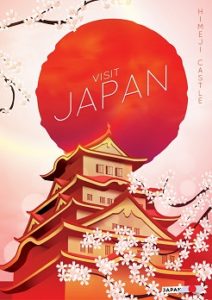 But to move forward, there was one very interesting piece of information I ended up stumbling upon while researching more about the Fukuoka prefecture that led into another reason to come to Japan. I stumbled upon a man named Masanobu Fukuoka, and I saw he is was a ‘Do Nothing’ farmer that published several books and traveled around the world helping tribes to cities increase their food production and to end desertification in their area. The more I learned about him, the more I saw the opportunity to help Robert and his communities.
But to move forward, there was one very interesting piece of information I ended up stumbling upon while researching more about the Fukuoka prefecture that led into another reason to come to Japan. I stumbled upon a man named Masanobu Fukuoka, and I saw he is was a ‘Do Nothing’ farmer that published several books and traveled around the world helping tribes to cities increase their food production and to end desertification in their area. The more I learned about him, the more I saw the opportunity to help Robert and his communities.
http://www.motherearthnews.com/nature-and-environment/masanobu-fukuoka-zmaz82jazgoe
This did not surprise me when I saw it though as I feel like life is taking me for a ride and showing me what I need to know to accomplish the goals I’ve set out to accomplish, and this became just another reason to go to Japan to learn Japanese; I want to speak to more people about this that are and have done it. The process of ending dangerous methods of growing food that compromises not only the food itself but the land and people is something that interests me greatly for many many reasons. Robert Miller owns a few of Masanobu Fukuoka’s books, but he still needs people who are practicing this form of farming to talk to, to be able to implement it into the communities properly over time. Which again would be another reason for me to know Japanese, to be able to help ease any language barriers with this.
I find this information about Fukuoka-san really resonated with me because while I was in that mentorship group I also ended up finding a Dr. P here in Colorado who helped cure me of my sickness by helping me fast with proper foods and with herbs. I then started to understand more why people were getting sick because of food, and since then I’ve been a constant researcher of food and illnesses, and I’ve been getting more and more into the Japanese diet and how to use it prevent disease and to cure it, so I’m very interested in learning more about Japanese food and being able to use my knowledge of traditional Japanese food to help others (which leads to my desire to become more of a Japanese styled chef for my own personal reasons). This is the reason Fukuoka-san is so important to me and what I’d like to do with his work by passing it more easily to others who can take it and REALLY use it in everyday life, by being able to communicate with those who are practicing this technique!
I also ended up attracting a woman who stumbled upon a healing device called the ‘Life Vessel‘ (now called the ‘Harmonic Egg‘). This ‘fringe’ like healing device had me very skeptical for quite awhile when I first ran into the information and the device, but the more I’ve been dealing with Gail Lynn from http://lifecenter.us (a now client of mine) the more I’m finding that this healing technology could have a very precious place in Japan over time, as it continues to keep surprising health care practitioners and the scientists who are researching this device. It’s showing it has the capacity to eliminate not only heavy metals from the body, but also radiation. This could very well be something that could help a lot people effected by increased levels of radiation from the accident in Fukushima and any other place in Japan.
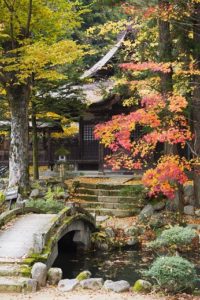 Of course this has huge benefit to the world, but I saw that my going to Japan could be helpful to certain people. This goal of mine is not something that would happen immediately, I would want to meet up with alternative and traditional health care professionals in Japan and possibly help them get a hold of this technology and see where it goes from there, so it’s more so to introduce the technology only and hope that it’s beneficial and is able to help people in need.
Of course this has huge benefit to the world, but I saw that my going to Japan could be helpful to certain people. This goal of mine is not something that would happen immediately, I would want to meet up with alternative and traditional health care professionals in Japan and possibly help them get a hold of this technology and see where it goes from there, so it’s more so to introduce the technology only and hope that it’s beneficial and is able to help people in need.
So to wind this down, I’d like to say, I could reach further into why I want to go to school in Japan. But I think if this doesn’t say it, I’m not sure what would. I absolutely love the idea of being able to speak Japanese, people call it one of the hardest languages in the world to learn and I want to prove to friends and family you can do whatever you set your mind to. When I started going to school as a kid I was considered ‘slow’ and ‘had trouble learning’. I was then stuck into a program called ‘Special Education’, from there they thought I wasn’t going to make anything of my life, in fact they said it to my face while I was in school all the way up until 11th grade (which is why I got my GED). I ended up continuing my education on my own and through mentors. I’m by nature a researcher, and because of that I’ve managed to continue learning new things since I left High School.
So yes, learning Japanese in Japan is for my own personal/selfish reasons, but I guess in the end, my desires and goals just so happen to be beneficial to a lot of people in the world and the magic that was set for me to do this continues to guide and push my limits. I can have, do or be anything I want, and learning Japanese is something that is going to help continue to prove that to myself, because I truly believe anyone is capable of miraculous things, and what a better way to teach that then to do it? All the while benefiting many people trying to do good in the world!
Thank you for your consideration,
Nathan Joseph Scheer
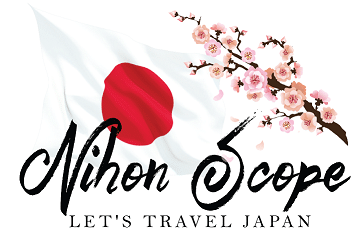



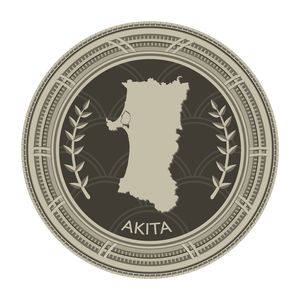 teeming with festivals, onsen, sightseeing, culture and women hunting >_<…
teeming with festivals, onsen, sightseeing, culture and women hunting >_<…